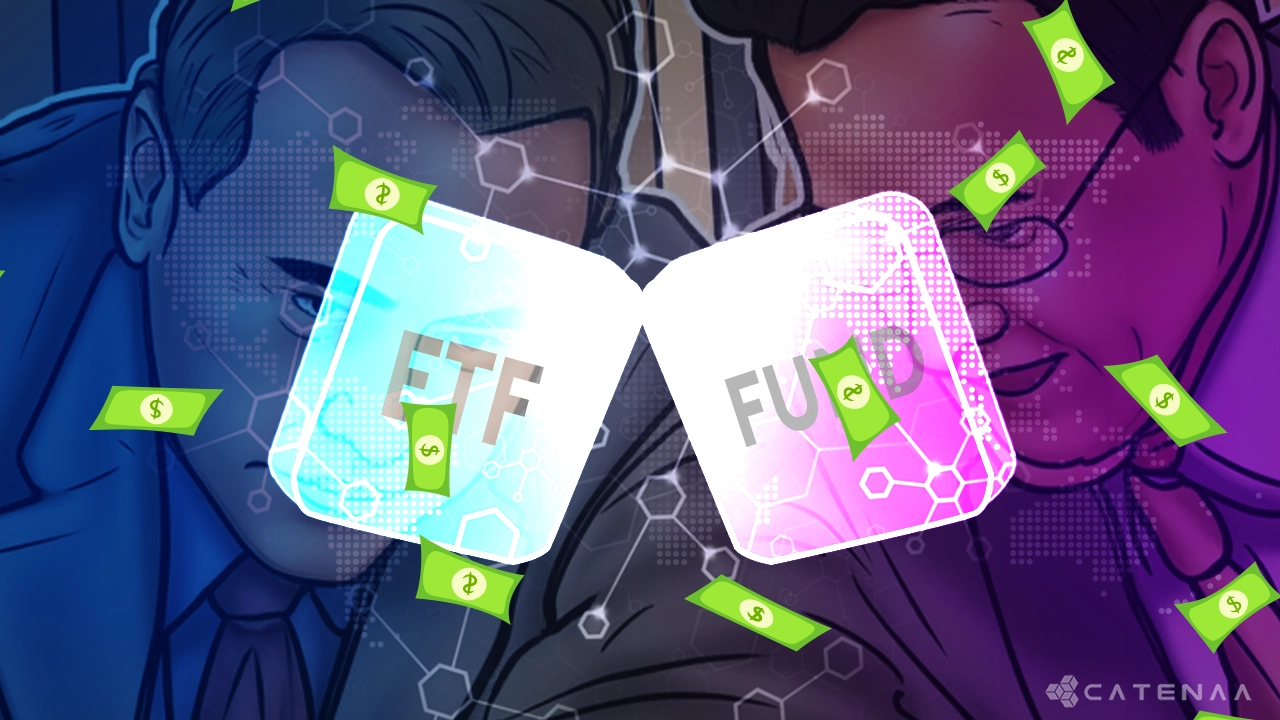Catenaa, Wednesday, May 28, 2025- The US Securities and Exchange Commission (SEC) is expected to approve applications for dual-share-class structures by this summer, Bloomberg reported on Wednesday, allowing managers to add an ETF sleeve to an existing mutual fund.
The report said that more than 50 firms, including BlackRock and State Street, are waiting for the regulator’s green light to deploy the hybrid structure, made possible after Vanguard Group Inc.’s exclusive patent expired two years ago.
The two-in-one blueprint is a tantalizing prospect for asset managers looking to break into the ETF market at scale, without having to launch a new strategy from scratch.
It also offers a lifeline to firms battered by years of mutual-fund outflows, as investors fled for more tax-efficient alternatives. The hybrid structure famously helped Vanguard save its clients billions in taxes over two decades.
Yet replicating that playbook may prove harder than it looks. Some Wall Street experts caution that the shake-up could erode key benefits of the wrapper, especially if hybrid funds face significant withdrawals during market stress.
At the heart of the concern is a tax dynamic that ETFs were built to avoid. These funds rarely pay capital-gains tax distributions, thanks to their in-kind redemption process, which allows the issuer to swap securities with authorized participants rather than sell them outright.
By contrast, mutual funds redeem in cash, meaning managers may need to sell securities to meet outflows. If those sales generate capital gains, they may distribute them to investors. In a hybrid vehicle, those taxable gains risk getting passed onto ETF shareholders, too.
About two-thirds of ETF issuers surveyed by consulting firm Cerulli Associates flagged this spillover issue. There’s precedent. In 2009, a Vanguard fund distributed a 14% capital gain across both share classes, after a large mutual-fund withdrawal, Bloomberg data show.
Though rare, the episode underscores the fiscal complications in the event a fund experiences outsized outflows within a shared portfolio.
Even standalone ETFs are paying out more capital gains more frequently these days, as more products track derivatives or assets that have risen markedly in value.
In 2024, roughly 5% of passive ETFs paid out capital gains, the most since 2021, and 12% of active ones did, the highest since 2022, data compiled by Bloomberg show. Those figures are much larger for mutual funds, of course, with more than 50% paying them out last year.


